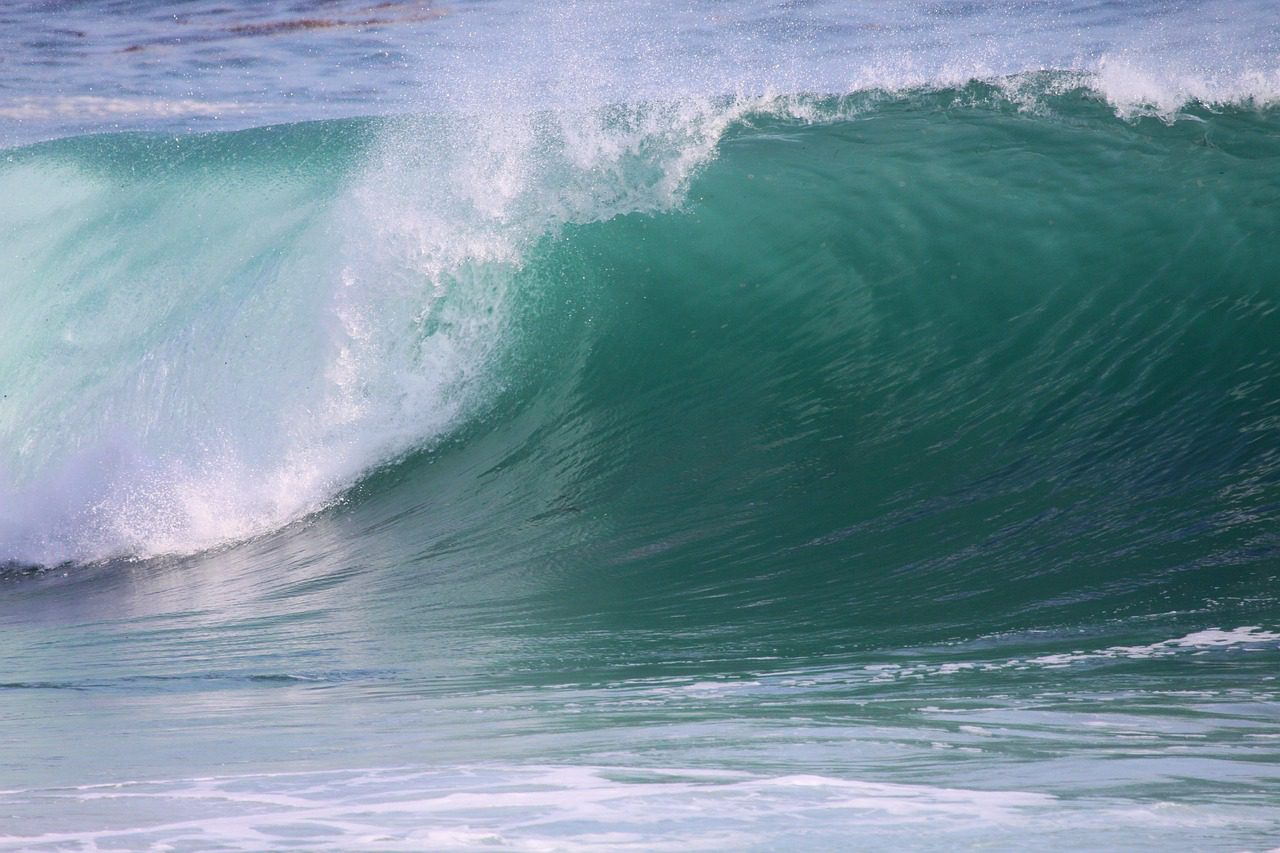Recent concerns over high levels of dissolved copper in San Diego Bay, likely due in part to leaching from boat hull paints, has led to calls for a new permitting process for in-water hull



Copper toxicity is not limited to organisms that find their way to boat hulls — as hull paints wear and dissolve into surrounding water, the toxic properties of copper can conceivably affect most living things present. The broad-spectrum effects of this metal lie mainly in its ability to readily oxidize many molecules. Oxidation is the process during which an atom loses electrons. The process of oxidation is most familiar in the formation of rust, when electrons move from iron in metals into oxygen in the air. Dissolved copper acts similarly to oxygen, but can attract electrons away from important biological molecules like DNA and proteins, sometimes rendering these molecules unfunctional. Excess copper also participates in chemical reactions that produce highly unstable molecules called reactive oxygen species, extremely strong oxidants that can do more direct damage to cell structures than copper alone.
The extent to which unrelated marine organisms are affected by exposure to copper varies and is in part determined by how much copper ends up on the inside of an organism’s cells. Cells of marine organisms are impacted by the chemistry of the surrounding water. Concentrations of dissolved material in the surrounding ocean, including salts, organic matter, and ions like copper will tend to equilibrate with concentrations of dissolved material inside the cell. Therefore, as water chemistry changes, so does the chemistry of the inside of the cell. Marine organisms can either tolerate these changing internal cellular conditions or actively maintain constant internal cellular conditions, sometimes in opposition to environmental conditions. In addition to oxidative damage, copper has been found to interfere with the regulation of these internal conditions, so organisms that adopt the second strategy are hit with this additional mechanism of toxicity. Copper can also be acquired from food, so an organism will encounter more copper if its food tends to accumulate the toxin within its cells. Copper toxicity therefore manifests itself in different ways, and a real understanding of its impacts would require individual assessments of all exposed organisms.
Copper toxicity also varies with water chemistry more generally, regardless of a species’ physiology or diet. High concentrations of other dissolved ions can compete with copper for entry into cells, effectively diluting this pollutant, so the same organism exposed to the same amount of copper will feel the effects of copper toxicity more acutely in freshwater than in saltwater. Water chemistry can also affect copper accumulation through differences in the presence of dissolved organic matter, such as degradation products of dead organisms, which form complexes with copper and block it from entry into living cells.
Historical accounts suggest that Phoenicians and Carthaginians may have used copper to treat ship hulls as long ago as 1000 BC. Our ancient predecessors understood that copper could be used as a biocide, and we are only now beginning to understand why. As use of copper in hull paints has become practically ubiquitous, we are now challenged with correcting the consequences of centuries of this practice.
Kelley Gallagher is a graduate student at Scripps Institution of Oceanography and a Water Quality Monitoring Volunteer for San Diego Coastkeeper. This is one out of several blogs Kelley will write to help us understand the science of water pollution in our region in an easy-to-comprehend way.
References and further reading:
1. Grosell M, Blanchard J, Brix KV, Gerdes R: Physiology is pivotal for interactions between salinity and acute copper toxicity to fish and invertebrates. Aquatic Toxicology 2007, 84:162-172.
2. Main WPL, Ross C, Bielmyer GK: Copper accumulation and oxidative stress in the sea anemone, Aiptasia pallida, after waterborne copper exposure. Comparative Biochemistry and Physiology Part C Toxicology & Pharmacology 2010, 151:216-221.
3. Viant MR, Walton JH, TenBrook PL, Tjeerdema RS: Sublethal actions of copper in abalone (Haliotis rufescens) as characterized by in vivo P-31 NMR. Aquatic Toxicology 2002, 57:139-151.
4. Pinto E, Sigaud-Kutner TCS, Leitao MAS, Okamoto OK, Morse D, Colepicolo P: Heavy metal-induced oxidative stress in algae. Journal of Phycology 2003, 39:1008-1018.
5. WHOI. 1952a. History of fouling prevention. In Marine fouling and its prevention. Prepared for Bureau of Ships, Navy Department by Woods Hole Oceanographic Institution (WHOI), Woods Hole, MA. United States Naval Institute, Annapolis, MD















